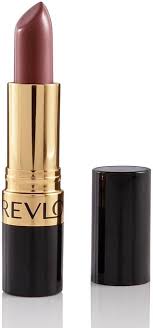The Enduring Significance of The Roses in Our Lives

Introduction
The rose has long been more than just a pretty flower; it has become a symbol of love, beauty, and even war throughout history. Its importance transcends varied cultures, making it not only a popular gift but also a profound symbol in various traditions. In recent times, the role of roses has evolved, reflecting modern aesthetics and sentiments, which makes this topic especially relevant today.
The Historical Significance of Roses
Roses have been around for thousands of years, with archeological evidence suggesting their existence for at least 35 million years. The ancient Egyptians revered them, using roses in perfumes and cosmetics. The Greeks associated roses with the goddess of love, Aphrodite, while in ancient Rome, they were used to decorate banquet halls and as tokens of love. Throughout the Middle Ages, red roses symbolised passionate love, particularly in literature and poetry.
Roses in Modern Culture
Today, roses continue to play a crucial role in various aspects of society. They are a staple in floral arrangements for weddings, anniversaries, and other significant occasions. The symbolism of different colours of roses adds depth to their meanings; for instance, red roses express romantic love, while yellow roses convey friendship. Furthermore, as of March 2022, studies show that the global market for cut flowers, including roses, is expected to grow significantly, reaching an estimated value of 43.36 billion dollars by 2027.
Environmental Impact and Conservation
However, the increased demand for roses has raised concerns about environmental sustainability. Many rose farms use chemicals and pesticides that can harm local ecosystems. In response, the ethical flower movement is gaining traction, advocating for sustainable practices in the cultivation of roses and encouraging consumers to purchase from eco-friendly sources. In 2023, several initiatives have emerged focusing on sustainable floriculture, which includes organic farming and reducing water consumption.
Conclusion
The rose remains a powerful emblem in both historical contexts and contemporary society, embodying a plethora of meanings and emotions that resonate with people globally. As we move forward, one can foresee a greater emphasis on sustainability and ethical practices in the rose industry, making it more aligned with modern values. For readers and flower enthusiasts, understanding the depth and breadth of the significance of roses can lead to more meaningful choices, whether in gifting them or cultivating them in gardens.









